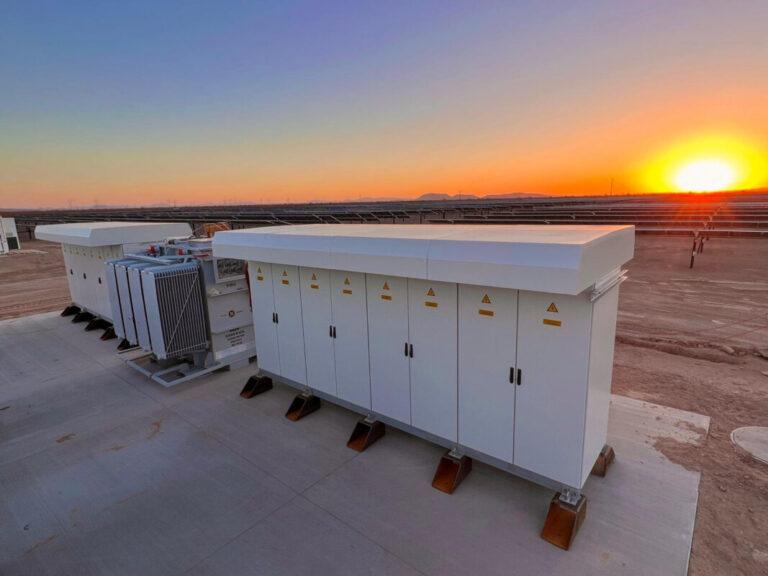The world is constantly moving towards sustainable living. And solar energy stands out as the best choice for a cleaner and greener future, reducing carbon emissions. The same is evident in the emerging solar panel market.
However, the effectiveness of solar panels relies heavily on solar panel inverters and battery storage. While one enables you to use solar-generated power, the other helps you to become energy-independent. By understanding the relationship between the two, you can maximise your solar energy usage.
In this blog post, we will reflect on the role of solar inverters in energy storage and how the combination of the two will help you in the long run.
What is the Role of Solar Panel Inverters?
A solar power inverter is an unsung hero in your solar panel system. It enables you to convert DC (Direct Current) power generated by the panels into AC(Alternative Current) power used by electric appliances at home and businesses.
While you install solar panels on the roof for maximum sun exposure, solar inverters are usually mounted close to the power board and in a shaded area to protect them against extreme weather conditions. So, a wall outside your home or garage is the perfect location for them.
Moreover, Solar Inverters play a crucial role in communicating between the equipment of your solar system and owners, enabling you to track your energy generation. So, when your solar panels generate more power than your home or business needs, you can save the excess energy in a solar energy storage system or send it back to the grid.
What are the Types of Solar Inverters?
Generally, there are four types of solar inverters that you can use with your solar PV system at home or business:
-
String Inverters
String inverters are one of the most common types of PV inverters. As their name suggests, each inverter connects a string of panels that absorbs their produced DC power and converts it into AC power for immediate usage because of its utilisation with grid-based solar systems. So when the system generates excess energy, it will automatically be pushed to the grid.
However, the connection of all the panels in the string can be a setback for them. For instance, if one panel fails or doesn’t work at its full potential due to dust, dirt or shade, it will affect the power output of the whole panel.
1. Micro Inverters
Microinverters are a bit more expensive than string inverters. In this, every solar panel has an inverter that ensures maximum output from each panel, making them perfect for those facing shading issues. However, you cannot link them directly with batteries, leading to their downfall without a storage option.
2. Battery Inverters
Battery Inverters are the best choice for those who want to set a separate renewable energy storage from the solar system and run a different inverter for it. It enables you to send the solar power generated to the battery and convert your stored DC power into AC power during usage.
3. Hybrid Inverters
Hybrid Inverters are one of the best ways to combine batteries with solar systems. It enables you to connect your solar panels and battery in the same inverter, reducing maintenance and installation costs and increasing accuracy.
How do solar inverters interact with energy storage systems?
A solar system with an inverter and batteries is a necessity in today’s time. A storage system facilitates the capture and utilisation of surplus solar power that helps you increase solar self-consumption.
Since we are moving towards a sustainable future and getting more advanced in solar management, integrating off-grid energy storage has become a necessity. With an inverter + battery system, you can effectively save the excess energy generated throughout the day instead of sending it back to the grid. Later, solar inverters convert this stored power into usable AC energy for utilisation during lower solar production or in the nighttime. Therefore, equipping batteries in your setup works as the choice between whether you want the power to be independent of your power generation or still rely on the grid.
In this regard, Hydrid inverters are the best option that solely converters power for solar panels and batteries.
Importance of Solar Inverters and Battery Storage Relationship
Incorporating solar inverters with batteries offers numerous benefits. Some of them include:
1. Enhance Energy Management
Integrating Solar inverters with sustainable energy storage systems enables you to store excess power in batteries and use them whenever required. This way, you can effectively manage the generated solar power and reduce reliance on the grid during non-sunny days.
2. Maximise Self-Consumption
By storing excess solar energy in batteries, you can utilise maximum solar-generated power and reduce dependency on the grid.
3. Energy Independence
A well-integrated solar inverter with an energy storage system offers a degree of grid independence, enabling constant power supply even during power outages or blackouts.
4. Reduces Cost
Having an energy storage system with your solar system helps you reduce costs by offering the convenience of utilising stored power. It saves you from paying for hefty electricity prices charged on the grid, making it the future of energy storage.
Conclusion
The role of solar inverters in energy storage is one of the best ways to become energy independent. It enables you to utilise most solar-generated energy, saving you from paying hefty electricity bills. We hope all the points discussed above will help you to optimise solar power through a solar inverter with battery storage.
